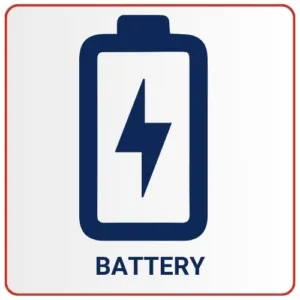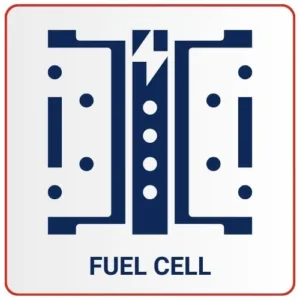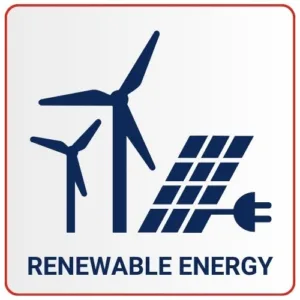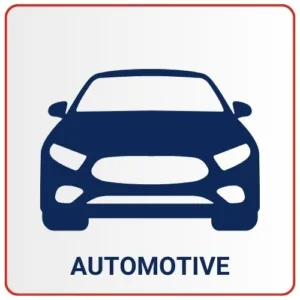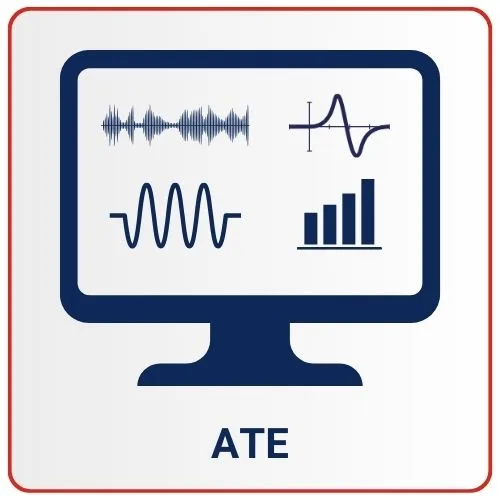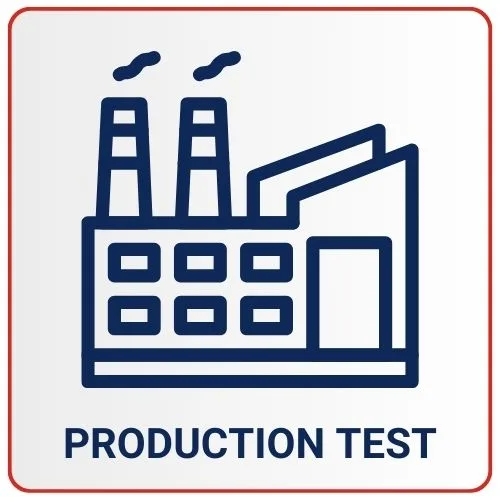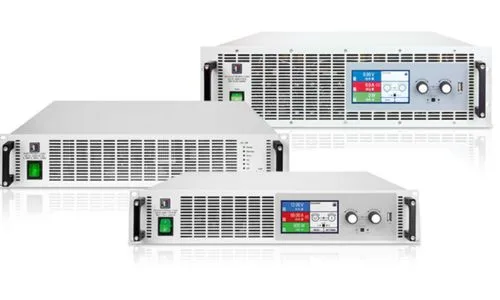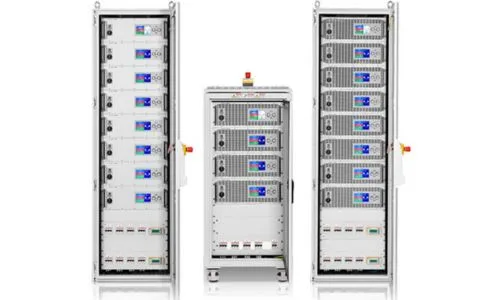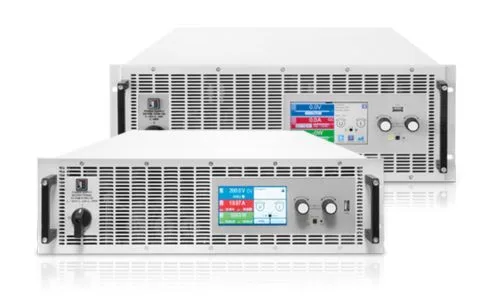Renewable Energy Testing Solutions
Unlock the future of Renewable Energy
Pioneering Renewable Energy Testing Solutions for a Sustainable Future
As the global engineering community focuses on developing next-generation renewable energy solutions like solar, wind, and hydroelectric power, the need for versatile testing equipment has never been greater. These renewable energy systems can operate at voltages as high as 2,000 VDC and currents reaching thousands of amps. One groundbreaking innovation in this space is the microgrid, a versatile energy ecosystem that can operate independently or in conjunction with the commercial power grid. Microgrids incorporate diverse power generators such as solar arrays, fuel cells, bi-directional EV/PHEV chargers, and wind turbines, along with energy storage devices like batteries.
To effectively test these complex microgrid systems, EA Elektro-Automatik offers a comprehensive range of DC power supplies, electronic loads, and bidirectional power supplies. Our PSI, EL, ELR, and PSB product lines are capable of providing up to 2000 VDC and feature auto-ranging, as well as onboard arbitrary waveform and function generation. This flexibility enables EA Elektro-Automatik’s equipment to simulate real-world conditions, ensuring reliable and efficient testing of today’s advanced renewable energy technologies.
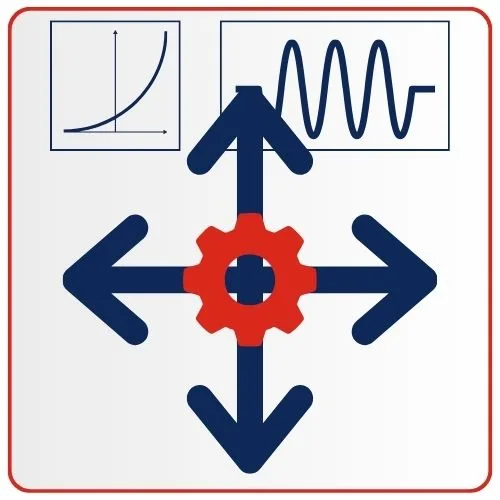
Versatile Testing Capabilities
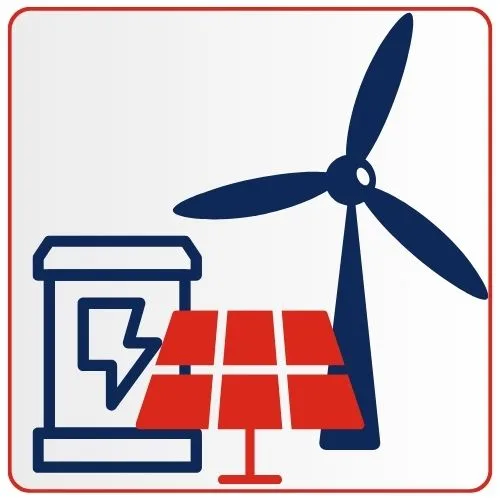
Microgrid Systems Testing
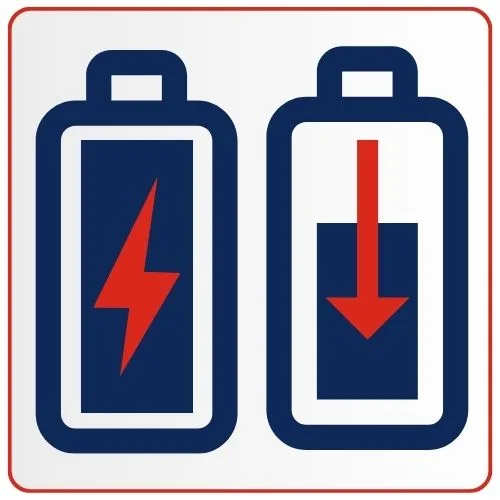
Energy Storage Testing
Related Products
Application Solutions
Auto-ranging supplies flexible power to test residential inverters
For effective testing of these solar inverters, EA Elektro-Automatik’s EA-PSI 9750-20 3U auto-ranging power supply serves as an ideal solution to simulate the solar array. This unit offers up to 5 kW at voltages as high as 750 VDC and currents up to 20 ADC. Unlike traditional power supplies, where a pricier 15 kW unit would be required to achieve this range, our auto-ranging power supply provides a cost-effective and efficient alternative.
EA Advantages

Multiple supplies simulate multiple solar arrays
EA Elektro-Automatik offers versatile programmable power supplies ranging from as low as 1 kW per channel to as high as 2 MW per unit, with a peak output voltage of 2,000 VDC. There’s no restriction on the number of supplies you can deploy for this application. Moreover, each DC supply can be programmed independently to mimic varying irradiance conditions. For example, one input can simulate a solar array under full sun, while another can replicate a partially or fully shaded solar panel.
EA Advantages

Solar simulation software provides Sandia, EN50530, or custom test profiles
The EA PSI Series comes equipped with an integrated function generator, enabling you to emulate the dynamic behavior of a solar array under diverse conditions???essentially, you have control over a virtual sun. This built-in feature allows programming of up to 4096 data points to mimic basic solar array curves based on key parameters like Isc, Voc, Vmpp, and Impp. For more intricate solar simulations, Elektro-Automatik???s EA Power Control (EAPC) software offers an intuitive interface for setting up Sandia, EN50530, or custom test profiles.
EA Advantages
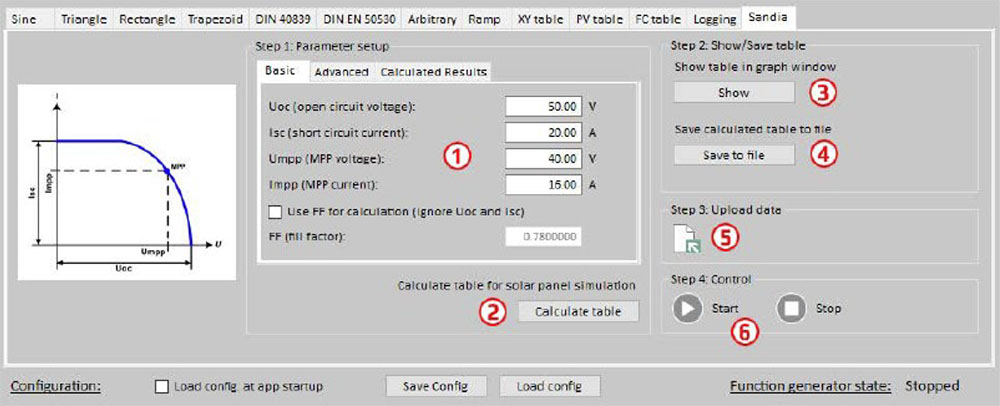
Test battery storage systems with a battery simulator
For effective testing of such inverters, you’ll need to simulate both the solar array and the battery system. The battery simulator should be bi-directional to mimic charge and discharge cycles accurately. The EA PSI Series serves as an excellent solar array simulator, while the EA PSB Series functions as a bi-directional, programmable DC battery simulator. The PSB Series can both source and sink power, supplying energy to the inverter when needed and absorbing it during charging. Utilizing the PSI and PSB Series for your solar array and battery simulations ensures comprehensive, repeatable testing
EA Advantages
